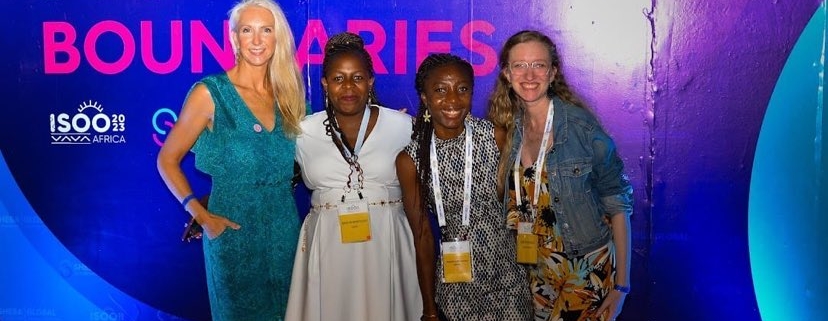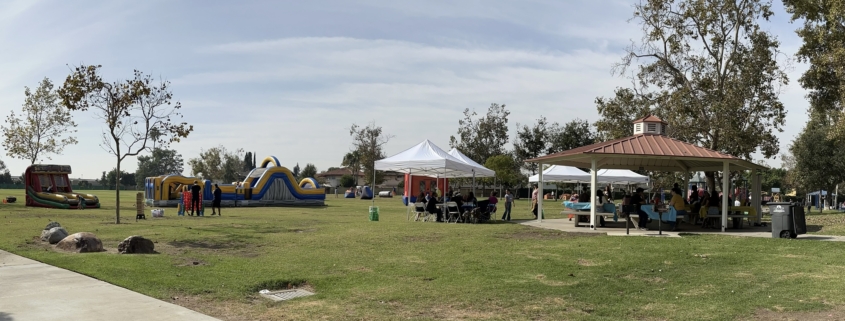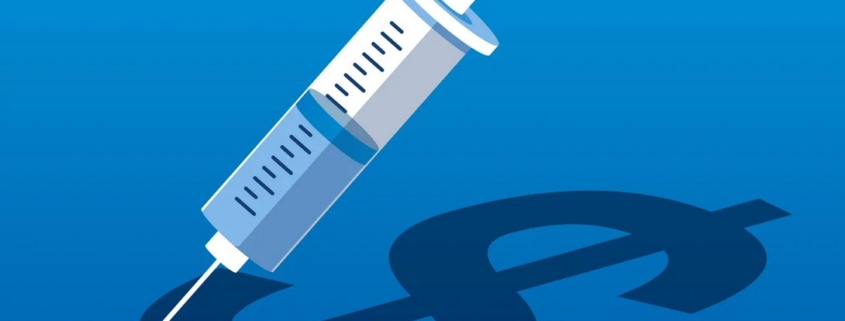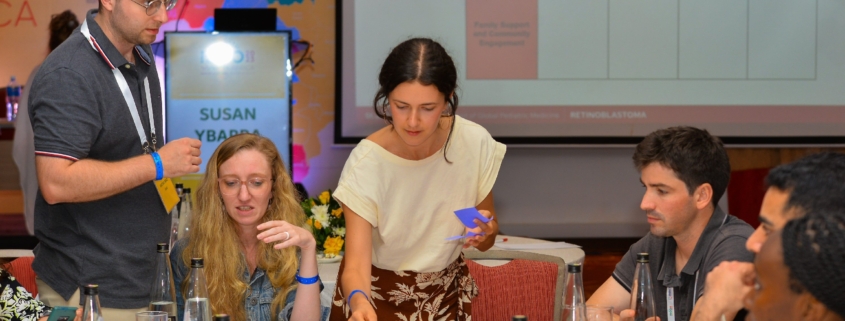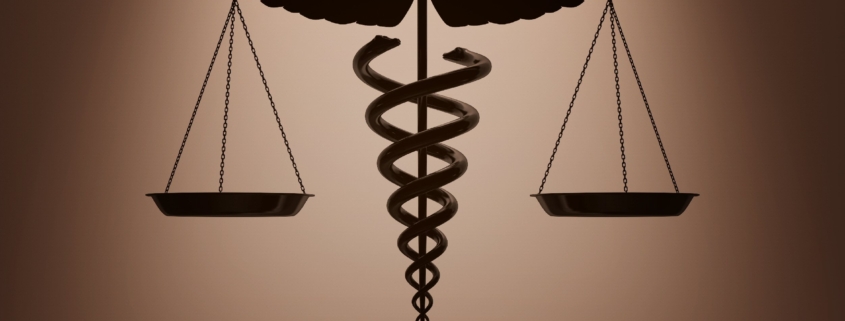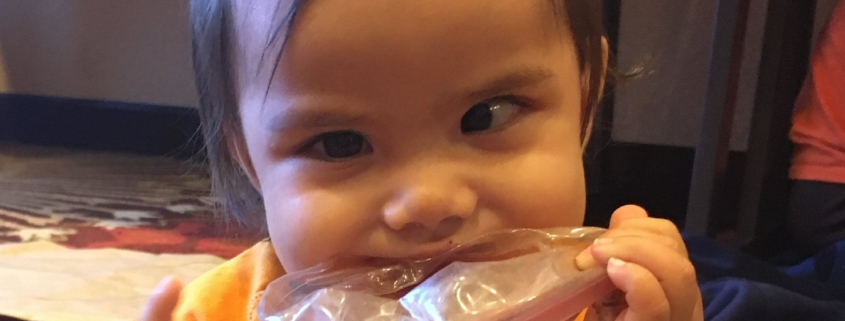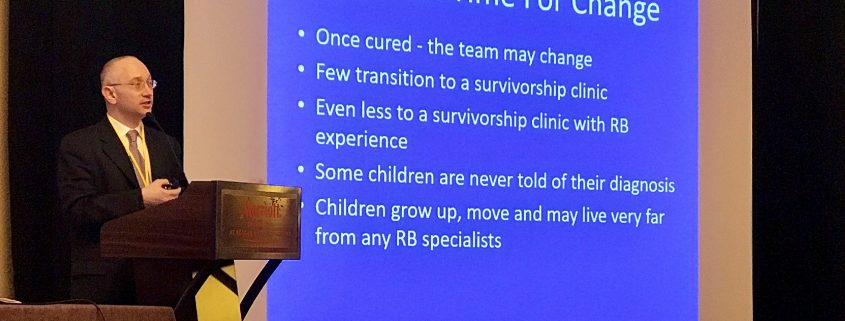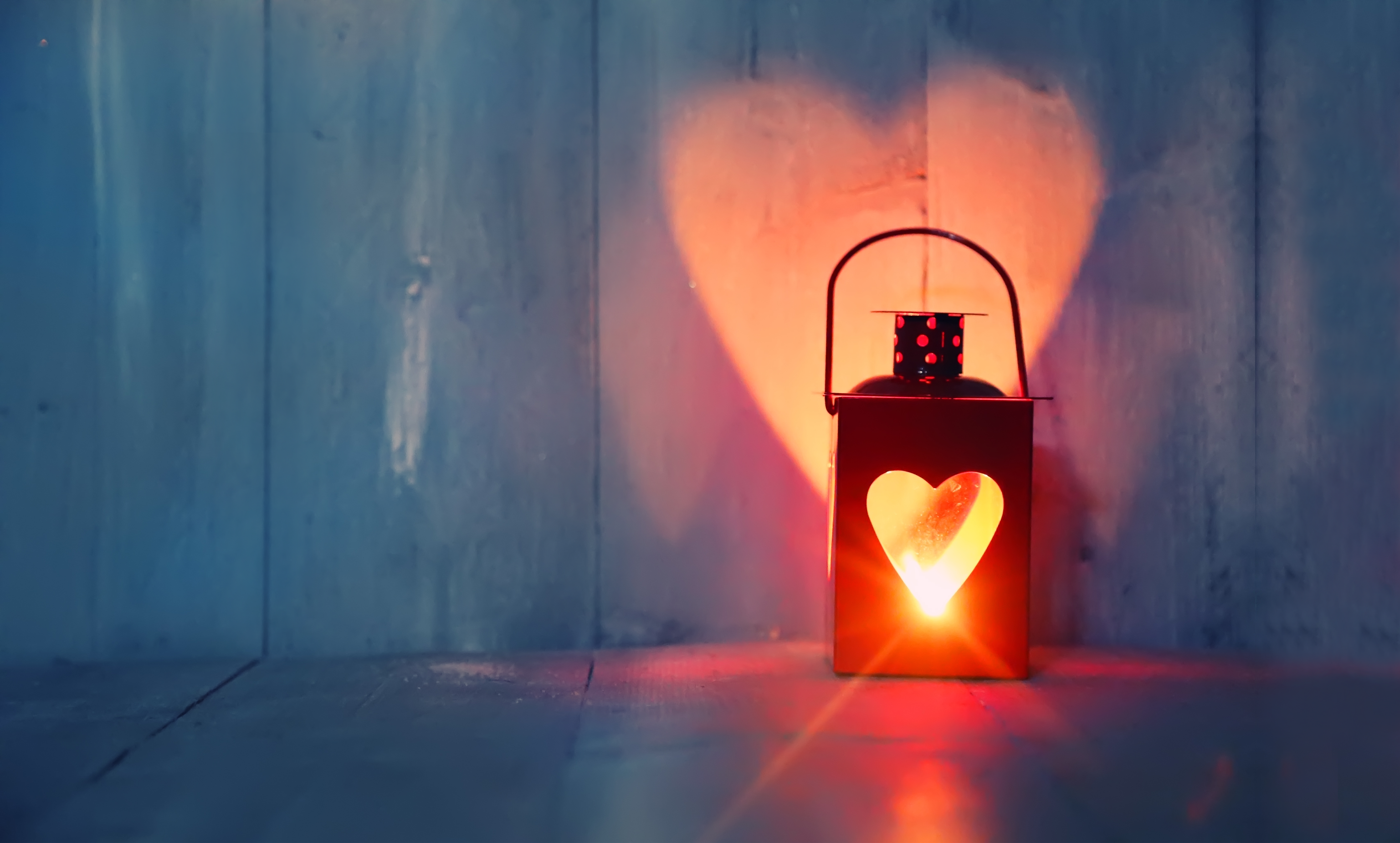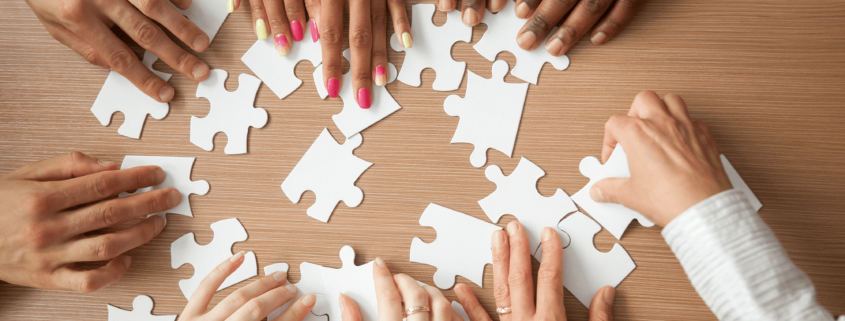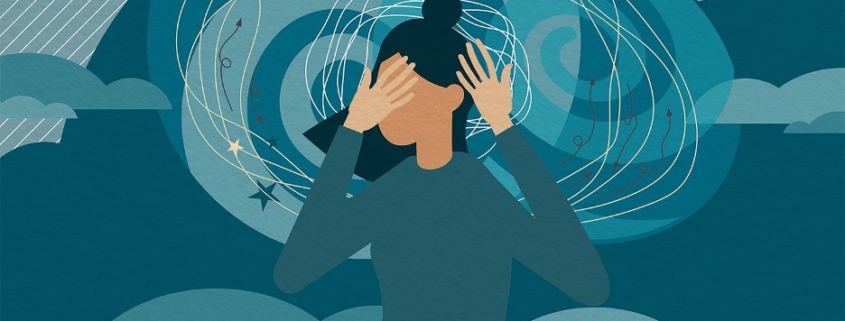Beyond Borders: Retinoblastoma in Africa and the Pacific
We recap a highly successful first conference in Africa for the International Society of Ocular Oncology, and look forward to One Retinoblastoma World 2024 in Honolulu, Hawaii. With One Rb World meeting co-chairs Dr. Jesse L. Berry, Children’s Hospital Los Angeles, USA; Sandra E. Staffieri PhD, Royal Children’s Hospital Melbourne, Australia; and Marissa D. Gonzalez, World Eye Cancer Hope USA.

